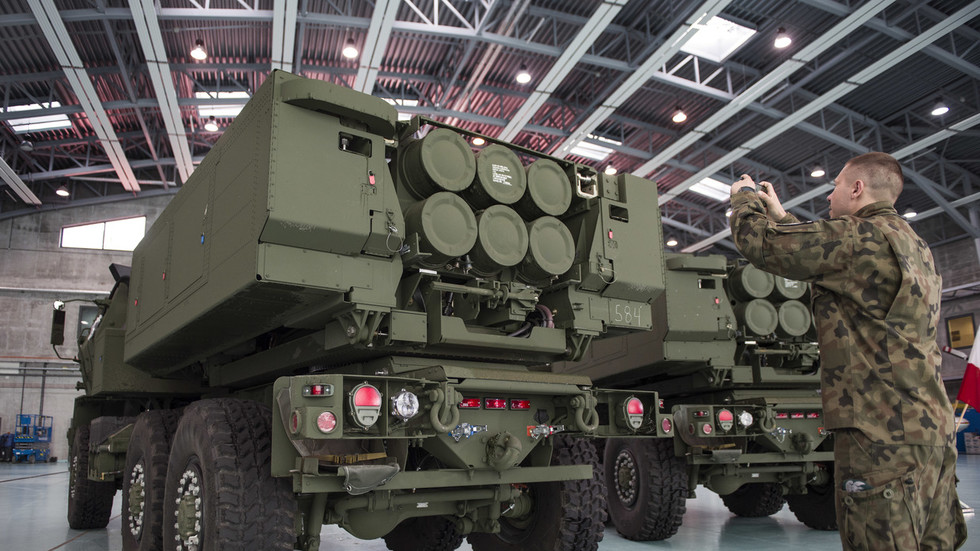President Joe Biden has recently announced a military aid package worth $425 million to support Ukraine in its ongoing conflict, incorporating various armaments such as anti-air missiles for NASAMS and Stinger systems, rockets for HIMARS launchers, and artillery shells. This move reinforces the United States’ commitment to bolster Ukraine, as the White House emphasized its collaboration with approximately 50 Allies and partners to address the urgent military needs of Ukraine. In a phone conversation with Ukrainian President Volodymyr Zelensky, Biden assured a continued focus on security assistance planning to ensure that Ukraine is well-equipped to deal with the current challenges on the battlefield. Zelensky expressed gratitude towards the US, acknowledging President Biden’s leadership in rallying international support in Ukraine’s fight for independence.
Amid this military support, Zelensky has introduced a five-point “victory plan” aimed at enhancing Ukraine’s position in the conflict. However, this plan remains without formal endorsement from Western allies and has not yet been accepted by NATO countries. Despite repeated requests from Zelensky for immediate NATO membership and modifications on restrictions against using Western-supplied longer-range weapons, NATO has refrained from granting such requests. The reluctance from NATO allies may stem from the broader geopolitical implications of an escalated conflict with Russia, highlighting the complex dynamics at play in international military support for Ukraine.
As the battlefield situation evolves, Ukraine has voiced concerns that the current weapons restrictions and delays in delivery are undermining its defensive efforts, especially as Russian forces gain ground in the Donbass region. Officials in Kyiv argue that these challenges have contributed to setbacks in their military campaigns. The conflict’s intensification raises pressing questions about the effectiveness of the assistance being provided and whether additional support could alter the current trajectory of the war. The urgency of the situation poses significant implications not only for Ukraine’s sovereignty but also for NATO’s credibility in addressing members’ defense needs.
On the Russian side, officials have dismissed Zelensky’s proposals, labeling them as “incoherent slogans.” The Kremlin’s stance is firm in asserting that any resolution to the ongoing conflict must be dictated by Russian terms, reflecting a hardening of positions as the war continues. Such dismissive rhetoric underscores the difficulty of achieving a swift diplomatic resolution amid ongoing hostilities, demonstrating the entrenched divisions that characterize the current geopolitical landscape in Eastern Europe.
The complexities surrounding NATO’s involvement also highlight the challenges of collective defense in the face of aggression. As the alliance grapples with decisions about future engagements and support for Ukraine, it must also consider potential ramifications for its member states and the overarching security environment in Europe. The balance between providing necessary support to Ukraine and avoiding further escalation with Russia is a delicate one, as each decision could have far-reaching consequences for global stability and security architecture.
In conclusion, the current military aid from the US—underlined by Biden’s phone call with Zelensky and the introduction of new weapons systems—marks a significant commitment to supporting Ukraine’s defense efforts. However, the ongoing conflict’s dynamics, including responses from Russia and the cautious stance of NATO, emphasize the multifaceted challenges Ukraine faces in seeking both military assistance and a sustainable resolution to the conflict. As the situation develops, the international community’s role will be crucial in determining the future of Ukraine and the broader implications for regional security and international relations.

